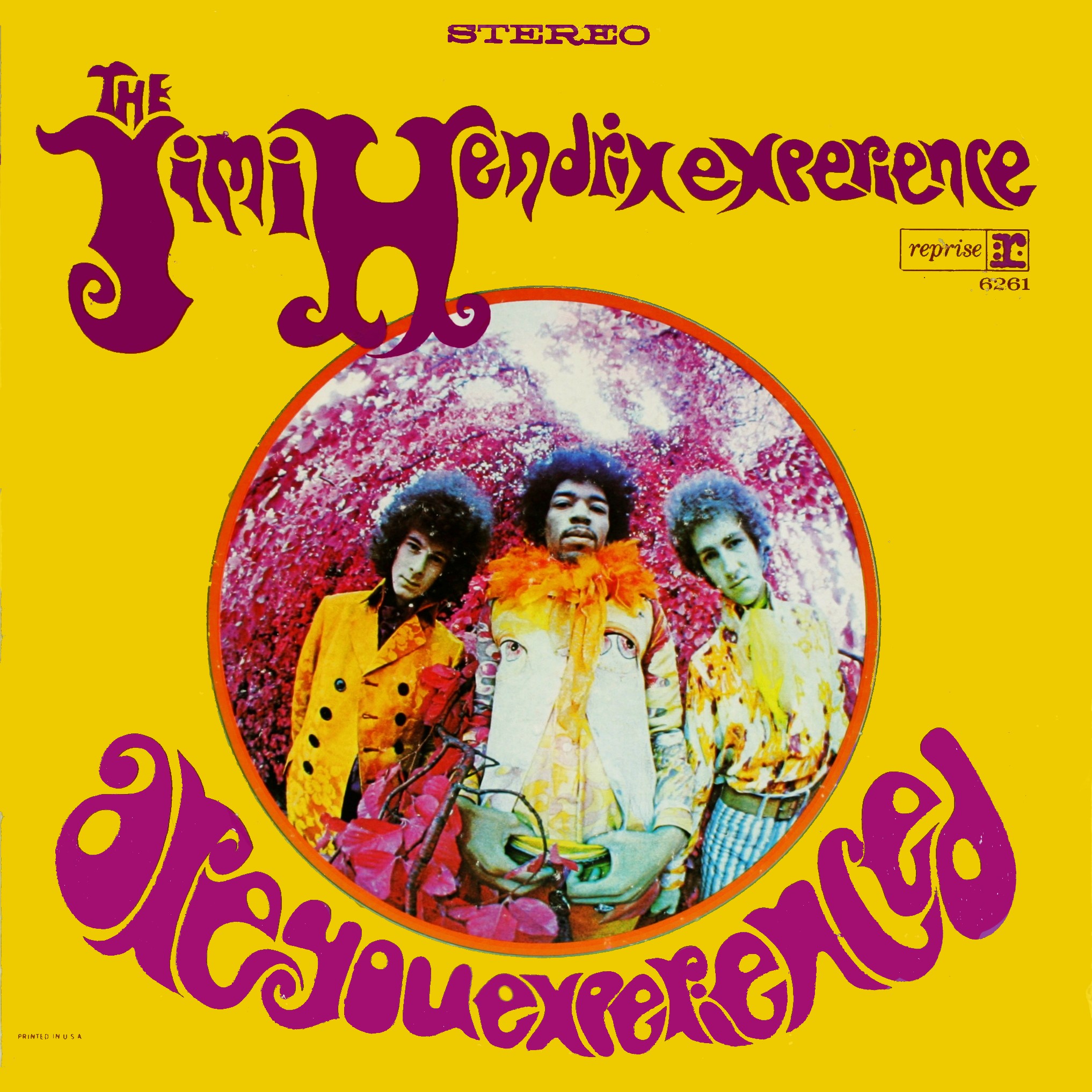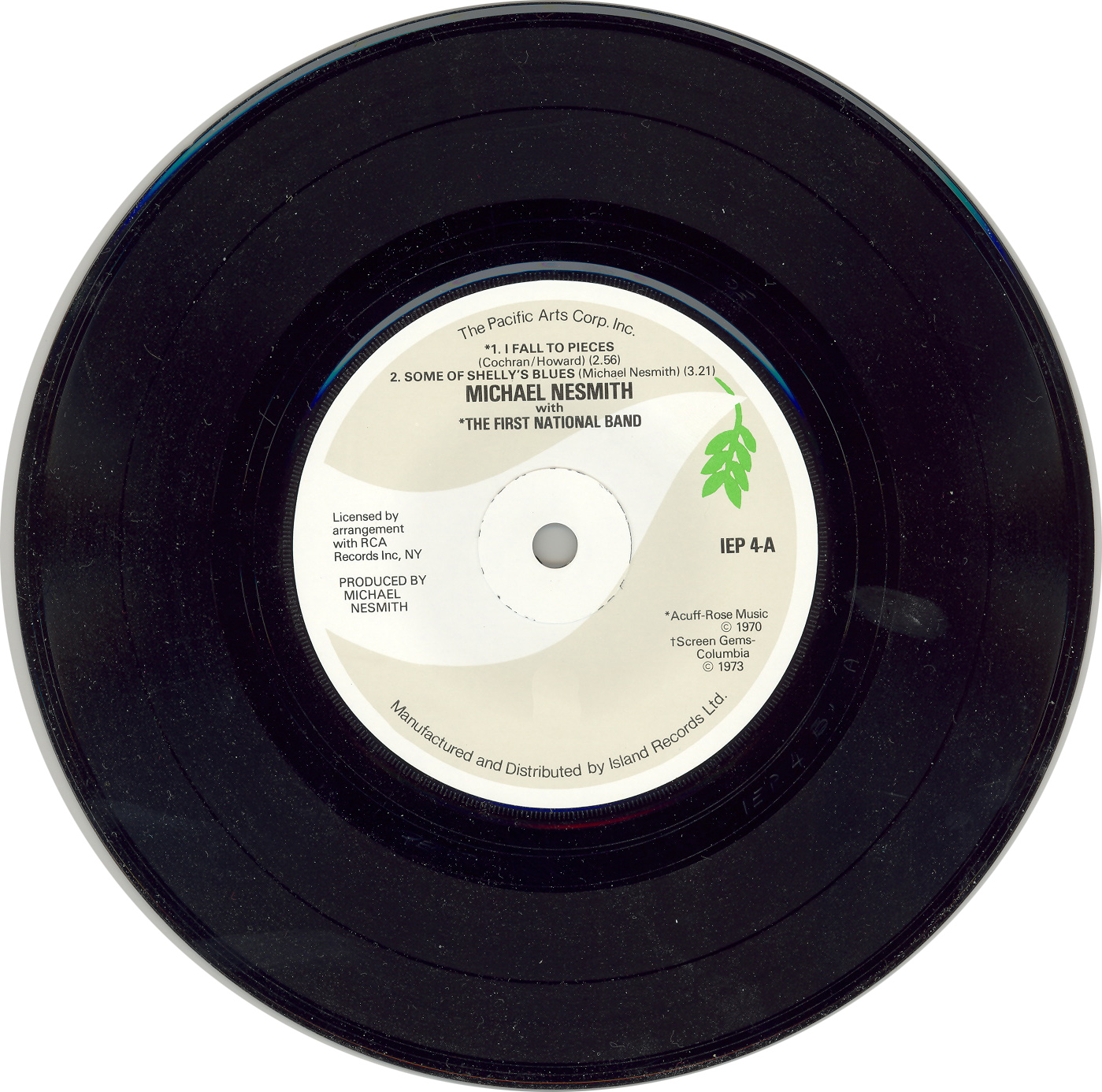|
Gatefold
A gatefold cover or gatefold LP is a form of packaging for LP records that became popular in the mid-1960s. A gatefold cover, when folded, is the same size as a standard LP cover (i.e., a 12½ inch, or 32.7 centimetre square). The larger gatefold cover provided a means of including artwork, liner notes, and/or song lyrics, which would otherwise not have fit on a standard record cover. It became famous as an extension of progressive rock, as the expansive, transient gatefolds by artists such as Roger Dean, H. R. Giger, or Hipgnosis became associated with concept albums. Gatefold sleeves were also frequently used when an album contained more than one record, with Bob Dylan's 1966 double album, ''Blonde on Blonde'', being the first multi-LP record to be released in a gatefold. Typically, double albums would feature one disc in each half of the cover, with larger albums either placing multiple LPs in one or both sleeves or using larger gatefolds. While some multi-LP releases (p ... [...More Info...] [...Related Items...] OR: [Wikipedia] [Google] [Baidu] |
Album Cover
An album cover (also referred to as album art) is the front packaging art of a commercially released studio album or other audio recordings. The term can refer to either the printed paperboard covers typically used to package sets of and 78-rpm records, single and sets of LPs, sets of 45 rpm records (either in several connected sleeves or a box), or the front-facing panel of a cassette J-card or CD package, and, increasingly, the primary image accompanying a digital download of the album, or of its individual tracks. In the case of all types of tangible records, it also serves as part of the protective sleeve. Early history Around 1910, 78-rpm records replaced the phonograph cylinder as the medium for recorded sound. The 78-rpm records were issued in both 10- and 12-inch diameter sizes and were usually sold separately, in brown paper or cardboard sleeves that were sometimes plain and sometimes printed to show the producer or the retailer's name. These were invariab ... [...More Info...] [...Related Items...] OR: [Wikipedia] [Google] [Baidu] |
Extended Play
An extended play record, usually referred to as an EP, is a musical recording that contains more tracks than a single but fewer than an album or LP record.Official Charts Company , access-date=March 21, 2017 Contemporary EPs generally contain four or five tracks, and are considered "less expensive and time-consuming" for an artist to produce than an album. An EP originally referred to specific types of other than 78 |
Record Sleeve
A record sleeve is the outer covering of a vinyl record. Alternative terms are ''dust sleeve'', ''album liner'' and ''liner''. The term is also used to denominate the outermost cardboard covering of a record, i.e. the ''record jacket'' or ''album jacket''. The record jacket is extensively used to design and market a recording, as well as to additionally display general information on the record as artist name, titles list, title length etc. if no opening presents a readable label. The terms liner notes, ''sleeve notes'' are used to refer to this label, jacket information. Sleeves were originally printed on simple cardboard. British manufacturers Garrod and Lofthouse patented a "wrap around" sleeve design commonly seen on LPs in the 1960s. See also *Album cover An album cover (also referred to as album art) is the front packaging art of a commercially released studio album or other audio recordings. The term can refer to either the printed paperboard covers typically used ... [...More Info...] [...Related Items...] OR: [Wikipedia] [Google] [Baidu] |
Jewelcase
Optical disc packaging is the packaging that accompanies CDs, DVDs, and other formats of optical discs. Most packaging is rigid or semi-rigid and designed to protect the media from scratches and other types of exposure damage. Jewel case A jewel CD case is a compact disc case that has been used since the compact disc was first released in 1982. It is a three-piece plastic case, measuring , a volume of , which usually contains a compact disc along with the liner notes and a back card. Two opposing transparent halves are hinged together to form the casing, the back half holding a media tray that grips the disc by its hole. All three parts are made of injection-moulded polystyrene. The front lid contains two, four, or six tabs to keep any liner notes in place. The liner notes typically will be a booklet, or a single leaf folded in half. In addition, there is usually a back card, , underneath the media tray and visible through the clear back, often listing the track names ... [...More Info...] [...Related Items...] OR: [Wikipedia] [Google] [Baidu] |
Compact Disc
The compact disc (CD) is a digital optical disc data storage format that was co-developed by Philips and Sony to store and play digital audio recordings. In August 1982, the first compact disc was manufactured. It was then released in October 1982 in Japan and branded as '' Digital Audio Compact Disc''. The format was later adapted (as CD-ROM) for general-purpose data storage. Several other formats were further derived, including write-once audio and data storage ( CD-R), rewritable media ( CD-RW), Video CD (VCD), Super Video CD (SVCD), Photo CD, Picture CD, Compact Disc-Interactive ( CD-i) and Enhanced Music CD. Standard CDs have a diameter of and are designed to hold up to 74 minutes of uncompressed stereo digital audio or about 650 MiB of data. Capacity is routinely extended to 80 minutes and 700 MiB by arranging data more closely on the same sized disc. The Mini CD has various diameters ranging from ; they are sometimes used for CD singles, stori ... [...More Info...] [...Related Items...] OR: [Wikipedia] [Google] [Baidu] |
Steve Hoffman (audio Engineer)
Steven Howard Hoffman (born December 1951) is an American mastering engineer. Biography In the early 1970s, Hoffman worked in radio and earned a degree in mass communications from California State University, Northridge. During the late 1970s, Hoffman joined MCA Records as catalog research and development coordinator. For the next decade, he was responsible for compiling hundreds of budget cassette releases for MCA's Special Products division. His primary focus was on jazz and big band recordings. In 1985 he worked on a series of releases aimed at the CD market which bore the title "From the Original Master Tapes." This series included works of artists such as Buddy Holly, Bill Haley and John Coltrane. He was later fired from MCA, and has plied his trade with the Dunhill Compact Classics and Audio Fidelity labels, owned by Marshall Blonstein, former vice president of Ode Records. Steve Hoffman co-wrote and recorded as a musician (drums and guitar) the surf rock instrume ... [...More Info...] [...Related Items...] OR: [Wikipedia] [Google] [Baidu] |
Enoch Light
Enoch Henry Light (August 18, 1907 – July 31, 1978) was an American classically trained violinist, danceband leader, and recording engineer. As the leader of various dance bands that recorded as early as March 1927 and continuing through at least 1940, Light and his band primarily worked in various hotels in New York. For a time in 1928 he also led a band in Paris. In the 1930s Light also studied conducting with the French conductor Maurice Frigara in Paris. Throughout the 1930s, Light and his outfits were steadily employed in the generally more upscale hotel restaurants and ballrooms in New York that catered to providing polite ambiance for dining and functional dance music of current popular songs rather than out-and-out jazz. At some point his band was tagged The Light Brigade and they often broadcast over radio live from the Hotel Taft in New York, where they had a long residency. Through 1940, Light and his band recorded for various labels including Brunswick, ARC, Voc ... [...More Info...] [...Related Items...] OR: [Wikipedia] [Google] [Baidu] |
Stereophonic Sound
Stereophonic sound, or more commonly stereo, is a method of sound reproduction that recreates a multi-directional, 3-dimensional audible perspective. This is usually achieved by using two independent audio channels through a configuration of two loudspeakers (or stereo headphones) in such a way as to create the impression of sound heard from various directions, as in natural hearing. Because the multi-dimensional perspective is the crucial aspect, the term ''stereophonic'' also applies to systems with more than two channels or speakers such as quadraphonic and surround sound. Binaural sound systems are also ''stereophonic''. Stereo sound has been in common use since the 1970s in entertainment media such as broadcast radio, recorded music, television, video cameras, cinema, computer audio, and internet. Etymology The word ''stereophonic'' derives from the Greek (''stereós'', "firm, solid") + (''phōnḗ'', "sound, tone, voice") and it was coined in 1927 by Wester ... [...More Info...] [...Related Items...] OR: [Wikipedia] [Google] [Baidu] |
LP Record
The LP (from "long playing" or "long play") is an analog sound storage medium, a phonograph record format characterized by: a speed of rpm; a 12- or 10-inch (30- or 25-cm) diameter; use of the "microgroove" groove specification; and a vinyl (a copolymer of vinyl chloride acetate) composition disk. Introduced by Columbia in 1948, it was soon adopted as a new standard by the entire record industry. Apart from a few relatively minor refinements and the important later addition of stereophonic sound, it remained the standard format for record albums (during a period in popular music known as the album era) until its gradual replacement from the 1980s to the early 2000s, first by cassettes, then by compact discs, and finally by digital music distribution. Beginning in the late 2000s, the LP has experienced a resurgence in popularity. Format advantages At the time the LP was introduced, nearly all phonograph records for home use were made of an abrasive shellac com ... [...More Info...] [...Related Items...] OR: [Wikipedia] [Google] [Baidu] |
Unforgettable (Nat King Cole Song)
"Unforgettable" is a popular song written by Irving Gordon. The song's original working title was "Undeniable"; however, the music publishing company asked Gordon to change it to "Unforgettable". The song was published in 1951. Nat King Cole version The most popular version of the song was recorded by Nat King Cole in 1951 from his album ''Unforgettable'' (1952), with an arrangement written by Nelson Riddle. A non-orchestrated version of the song recorded in 1952 is featured as one of the seven bonus tracks on Cole's 1998 CD reissue of 1955's otherwise completely instrumental album, ''Penthouse Serenade''. On March 30, 1961, Nat King Cole recorded the tune anew in a stereo version (with Ralph Carmichael and his Orchestra) of the Riddle arrangement, for the album ''The Nat King Cole Story'' (1961). In 1991, after Elvis Presley's musical director Joe Guercio had the idea, Cole's original 1951 recording of the song was edited and reworked to create a duet with his daughter, Nata ... [...More Info...] [...Related Items...] OR: [Wikipedia] [Google] [Baidu] |



